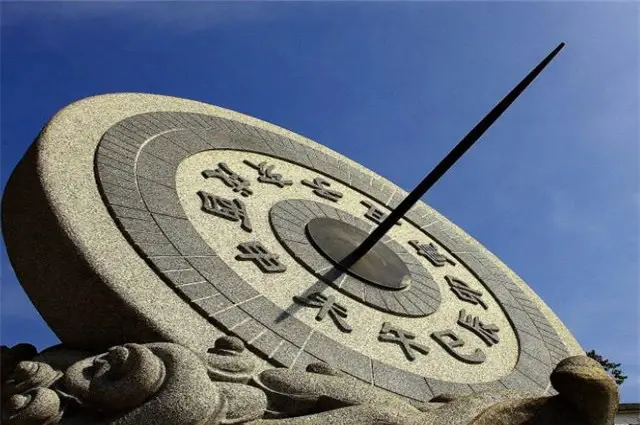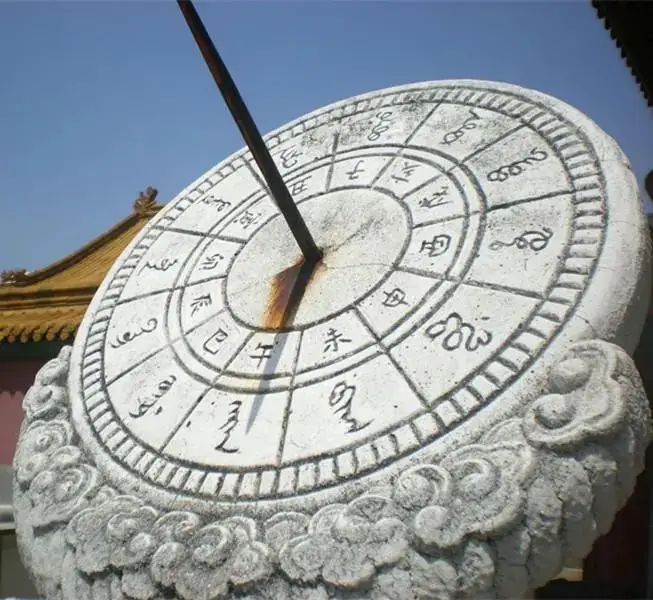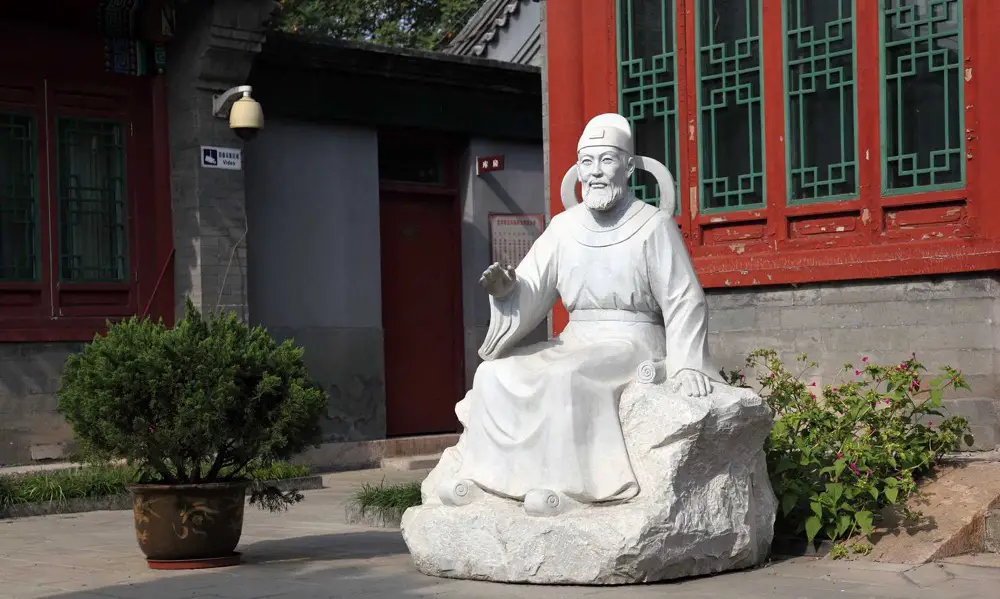The ancient Chinese sundial is a timekeeping device invented to help the Chinese people tell the time of the day and season. It was created by carving a circular stone tablet and positioning a Gnomon on it to show the time when hit by the sun’s rays. It has yet to be discovered who invented the first ancient Chinese sundial. However, archaeologists estimate the first Chinese sundial was created around 600 BC. This article outlines different facts about the Ancient Chinese sundial. Keep reading to learn more!
What is a sundial in ancient China?

The sundial is a way the Ancient Chinese people used to tell time seasons. They used this device for the same reasons we use watches and clocks, to tell how much time is left before the day end. Timekeeping was crucial in ancient China, which was an agricultural society. The ancient Chinese people also used the dial to tell the seasons. This was helpful because they knew when to plant.
How does Chinese sundial work?
The way Chinese sundials work is by the position of the sun. It is common knowledge that the sun rises east and sets west; therefore, it constantly moves as the earth rotates. The sun is stationary, but the earth rotates on its axis at a speed of about 1670 kilometers/hour, causing days and nights.
On sunny days, the straight edge or thin rod on the sundial (the Gnomon) casts a shadow on the sundial plate. The sundial has markings that are used to tell time accurately. Math determines the correct spacing between the markings/numbers on the sundial.
When was the ancient Chinese sundial invented?
Archaeologists estimate that the first ancient Chinese sundial was invented around 600 B.C. However, some sources suggest that the first ancient Chinese sundial was invented during the reign of the Ming Dynasty in the period between 1370 AD and 1400 AD.
Who invented the Chinese sundial?

It is still being determined who invented the first ancient Chinese sundial. All that is known is that the Gnomon was introduced in Greece by Anaximander, a Greek Philosopher. After Anaximander introduced this critical part of the sundial in Greece, the ancient Chinese sundial was made.
The shorter shadow plate sundial is credited to Yuan Chong during the reign of the Sui Dynasty; Zeng Minxing invented the sundial chart during the reign of the Southern Song Dynasty. Another is the hemispherical sundial invented by Guo Shoujing.
Did China make sundials?

The ancient Chinese made different sundials. There are three ancient Chinese sundials dated from the Han and Qin dynasties. As I mentioned, the shorter shadow plate sundial was invented by Yuan Chong and dates from the reign of the Sui Dynasty. Zeng Minxing invented the sundial chart during the reign of the Southern Song Dynasty. Another is the hemispherical sundial invented by Guo Shoujing.
Are sundials still used today?
Sundials are not used today because we have more advanced timekeeping machines such as watches and clocks. However, the ancient sundials have been preserved because they remind us of our history as the human race.
Conclusion
An ancient Chinese sundial was a timekeeping device invented around 600 BC. The ancient Chinese people used the dial to tell the time of the day. However, this device was only used on sunny days. On cloudy days the Gnomon did not cast any shadow on the sundial plate; therefore, it was impossible to use the device to tell time on cloudy days.